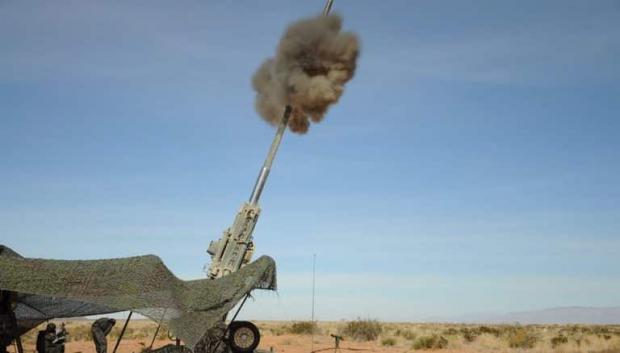
Breaking News
 This roof paint blocks 97% of sunlight and pulls water from the air
This roof paint blocks 97% of sunlight and pulls water from the air
 'Venomous' Republican split over Israel hits new low as fiery feud reaches White House
'Venomous' Republican split over Israel hits new low as fiery feud reaches White House
 Disease-ridden monkey that escaped from research facility shot dead by vigilante mom protecting...
Disease-ridden monkey that escaped from research facility shot dead by vigilante mom protecting...
 Hooters returns - founders say survival hinges on uniform change after buying chain...
Hooters returns - founders say survival hinges on uniform change after buying chain...
Top Tech News
 The 6 Best LLM Tools To Run Models Locally
The 6 Best LLM Tools To Run Models Locally
 Testing My First Sodium-Ion Solar Battery
Testing My First Sodium-Ion Solar Battery
 A man once paralyzed from the waist down now stands on his own, not with machines or wires,...
A man once paralyzed from the waist down now stands on his own, not with machines or wires,...
 Review: Thumb-sized thermal camera turns your phone into a smart tool
Review: Thumb-sized thermal camera turns your phone into a smart tool
 Army To Bring Nuclear Microreactors To Its Bases By 2028
Army To Bring Nuclear Microreactors To Its Bases By 2028
 Nissan Says It's On Track For Solid-State Batteries That Double EV Range By 2028
Nissan Says It's On Track For Solid-State Batteries That Double EV Range By 2028
 Carbon based computers that run on iron
Carbon based computers that run on iron
 Russia flies strategic cruise missile propelled by a nuclear engine
Russia flies strategic cruise missile propelled by a nuclear engine
 100% Free AC & Heat from SOLAR! Airspool Mini Split AC from Santan Solar | Unboxing & Install
100% Free AC & Heat from SOLAR! Airspool Mini Split AC from Santan Solar | Unboxing & Install
 Engineers Discovered the Spectacular Secret to Making 17x Stronger Cement
Engineers Discovered the Spectacular Secret to Making 17x Stronger Cement
Army Developing AI Missiles That Identify Their Own Targets

The U.S. Army is working on a new artillery shell capable of locating enemy targets, including moving tanks and armored vehicles. The shell, called Cannon-Delivered Area Effects Munition (C-DAEM), is designed to replace older weapons that leave behind unexploded cluster bomblets on the battlefield that might pose a threat to civilians. The shell is designed to hit targets even in situations where GPS is jammed and friendly forces are not entirely sure where the enemy is.
In the 1980s, the U.S. Army fielded dual purpose improved conventional munition (DPICM) artillery rounds. DPICM was basically the concept of cluster bombs applied to artillery, with a single shell packing dozens of tennis ball-sized grenades or bomblets. DPICM shells were designed to eject the bomblets over the battlefield, dispersing them over a wide area. The bomblets were useful unprotected infantry troops and could knock out a tank or armored vehicle's treads, weapons, or sensors, disabling it.



